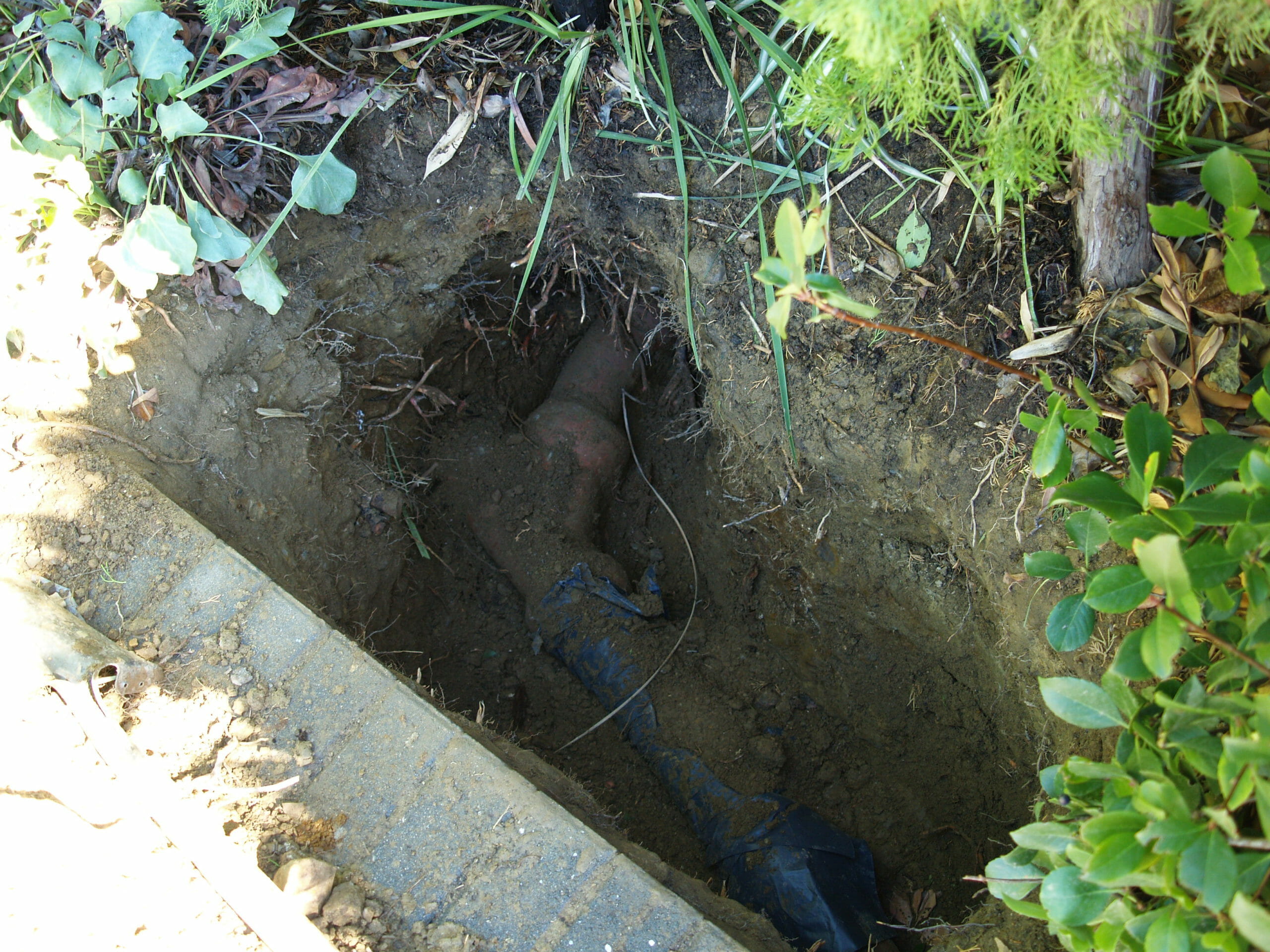When many homeowners think about a
pipe breaking, they immediately think of frozen pipes bursting in winter, but this is not always the case. In fact, your pipes can burst at any time in the year, even in the hot summer weather. If your area is suffering from an extended drought, the dried and shrunk ground can shift pipes, which can also cause a pipe failure. So, regardless of the time of year, you should be aware of what to do if there is a pipe break.
Common Causes of a Pipe Break:
There are a number of reasons why a pipe may break in your home, and some of these can be mitigated with a little proactivity or some care. For example, one of the most common causes of a pipe failure is exposure to pressure. This occurs when something is blocking the pipe. Regardless of whether this is inside your home or if it is in the outgoing sewer line, pressure will start to build up behind the clog. The clog could be caused by poor habits such as pouring cooking grease into the drain or by flushing sanitary products or diapers down the toilet. If you can practice good habits by avoiding these things, you can reduce the risk of a clog and a pipe break.
The age of your plumbing system also plays a role in the likelihood of getting a burst pipe. Many U.S homes were built over fifty years ago, and these older pipes will have greater susceptibility to breaking. Older pipes are also more likely to be made from clay, which can crack if the ground shifts or cast iron, which will corrode over time. This increases the chance of a pipe break.
Your location can also affect the likelihood of getting a pipe break. If you have mature trees around your property, there is a chance that the roots will invade the water lines. Clay soil can also damage plumbing as it compacts easily and tends to be more corrosive, weakening the pipes.
In the Event of a Pipe Break:
If you do suffer a pipe break, you will need to act quickly to minimize damage. You should try to collect any leaking water if this is possible. If the water is leaking into the ceiling, causing a bulge of pooling water, you should puncture the plaster and allow the water to drain.
You will need to shut off the water supply to your home. This may be possible using a lever or knob, but many homes require a shut off in the street. This will prevent further water from leaking into the home and allow you to focus on cleaning up the current water damage. After you have turned off the supply, you can also turn on faucets around the home to drain the remaining water from the pipes.
You should avoid touching any wiring or electrical fixtures if the pipe has broken in a ceiling or wall. There could be a risk of electrocution, so switch off the power at the main breaker.
You will need to call in a
plumbing professional, who will assist you in finding the break and repairing it. An experienced professional will also be able to advise you on drying out any water damage to prevent mold.
By Giovanni Longo President Flood Brothers Plumbing
Giovanni Longo is a 3rd generation master plumber who has been practicing his craft and trade in the greater Los Angeles area for well over a decade and a half. A plumbing and hydraulics-engineering innovator, Giovanni’s particular world-class expertise focuses on dealing with challenging sewer system designs as well as resolving complex commercial and residential draining issues. As a certified Flood Mitigation expert, he is also well versed in a wide variety of water damage and remediation solutions.





